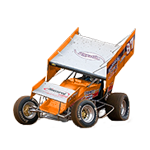- Home
- InDesign
- Discussions
- Re: How can I set the font size from pt to millime...
- Re: How can I set the font size from pt to millime...
Copy link to clipboard
Copied
I did it in the previous versions of InDesign, and I need to do it since I'm designing for print.
Thank you!
[Moved from non-technical Forum Lounge to specific Program forum... Mod]
[Here is the list of all Adobe forums... https://forums.adobe.com/welcome]
 1 Correct answer
1 Correct answer
I worked on technical materials, too, and everything had to be set in millimeters (I work in Italy).
I'm afraid there's nothing to do, since Adobe is not interested to understand that inches, picas and points (based on fraction of inches) are not the global standard.
Even if you work in Europe (as I do since I am French), using millimeters to set up document sizes, and text and images frames dimensions, type setting is always done using points. I am pretty sure that there is no graphic designer th
...Copy link to clipboard
Copied
siviuser wrote:
I did it in the previous versions of InDesign
How?
...and I need to do it since I'm designing for print.
Well, you may indeed have reason to specify a height in mm for your type, but generally speaking, designing for print doesn't require it.
InDesign has only ever "spoken" type sizes in points. (Illustrator allows you to set mm as the type-size unit.) You can enter mm in the size field, and InDesign will convert to points based on mathematical mm - pt factoring, but that won't guarantee the cap-height of your type will match the mm measurement you entered, because cap-height is font specific. In other words, unit conversion notwithstanding, the cap height of one font at 12 pt (approx 4.25 mm, converted) won't be the same as another font.
I design technical materials where sometimes standards dictate type of a minimum cap-height. In those cases, I use type of the applicable font converted to outlines to benchmark the minimum cap-height, then height-match live type to establish the minimum point size.
Copy link to clipboard
Copied
Good answer, John,
I imagine the poster is remembering making the setting to millimeters in Illustrator. It's never been possible in InDesign.
Copy link to clipboard
Copied
You are right, my memories are not that accurate! I used the font size in millimeters too, but in Illustrator. I worked on technical materials, too, and everything had to be set in millimeters (I work in Italy).
The problem is that points and picas are not used by many professionals here, since we use the metric system.
Clients and suppliers want to know dimensions in millimeters and, as you can imagine, it isn't convenient to give them fractions.
That said, is there a workaround that I can use to avoid this issue?
Thank you
Copy link to clipboard
Copied
I worked on technical materials, too, and everything had to be set in millimeters (I work in Italy).
I'm afraid there's nothing to do, since Adobe is not interested to understand that inches, picas and points (based on fraction of inches) are not the global standard.
Even if you work in Europe (as I do since I am French), using millimeters to set up document sizes, and text and images frames dimensions, type setting is always done using points. I am pretty sure that there is no graphic designer that is able to work with type using millimeters.
Copy link to clipboard
Copied
Then we should use points and picas to design the layout, to have consistent proportions.
I simply find it crazy to use to different systems to design a layout.
We use points because it's the default, not because it's convenient.
Copy link to clipboard
Copied
Type size is different to page sizes and other elements of the layout that can be measured in absolute terms. Using millimetres for type size wouldn't give us consistent proportions, for the reasons John Mensinger stated in his first post.
For instance, if you were to specify 10mm type, what exact part of the type would you expect to measure exactly 10mm, in every font? Here's a screenshot of 10mm type in various fonts, in 10mm deep text frames with a stroke applied...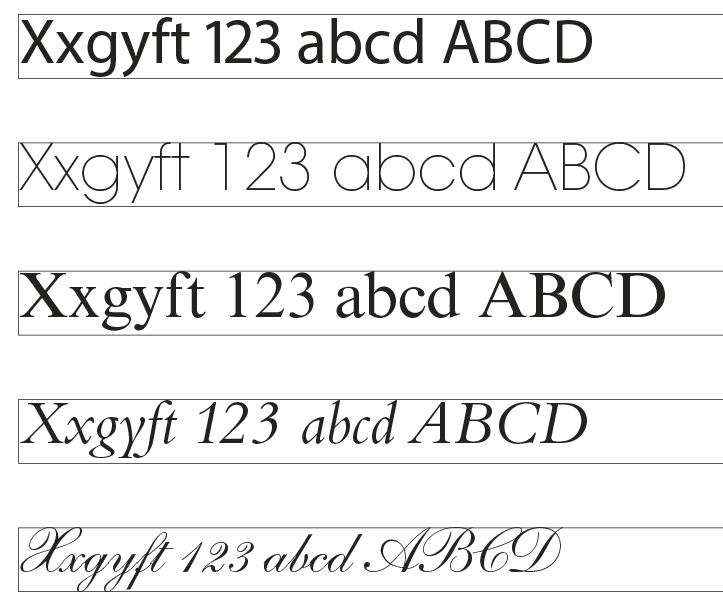
Copy link to clipboard
Copied
I could imagine powerful javascripers could easiely throw a palette, which can hoover around and show just a conversion into millimeters.
An idea would be:
- event handler OnClick
- have a look at selection
- if selection == class text {
- try convert text into real
- try convert into millimeters
- refresh floating palette
edit:
man, this moderation bugs me…
thinking about a new signature:

Copy link to clipboard
Copied
Also, there's disagreement on what the dimension of a point is. InDesign lets you set the inches equivalent in Preferences and it can be between 1/60" and 1/80". The default is 1/72"
So it's possible get this variation:
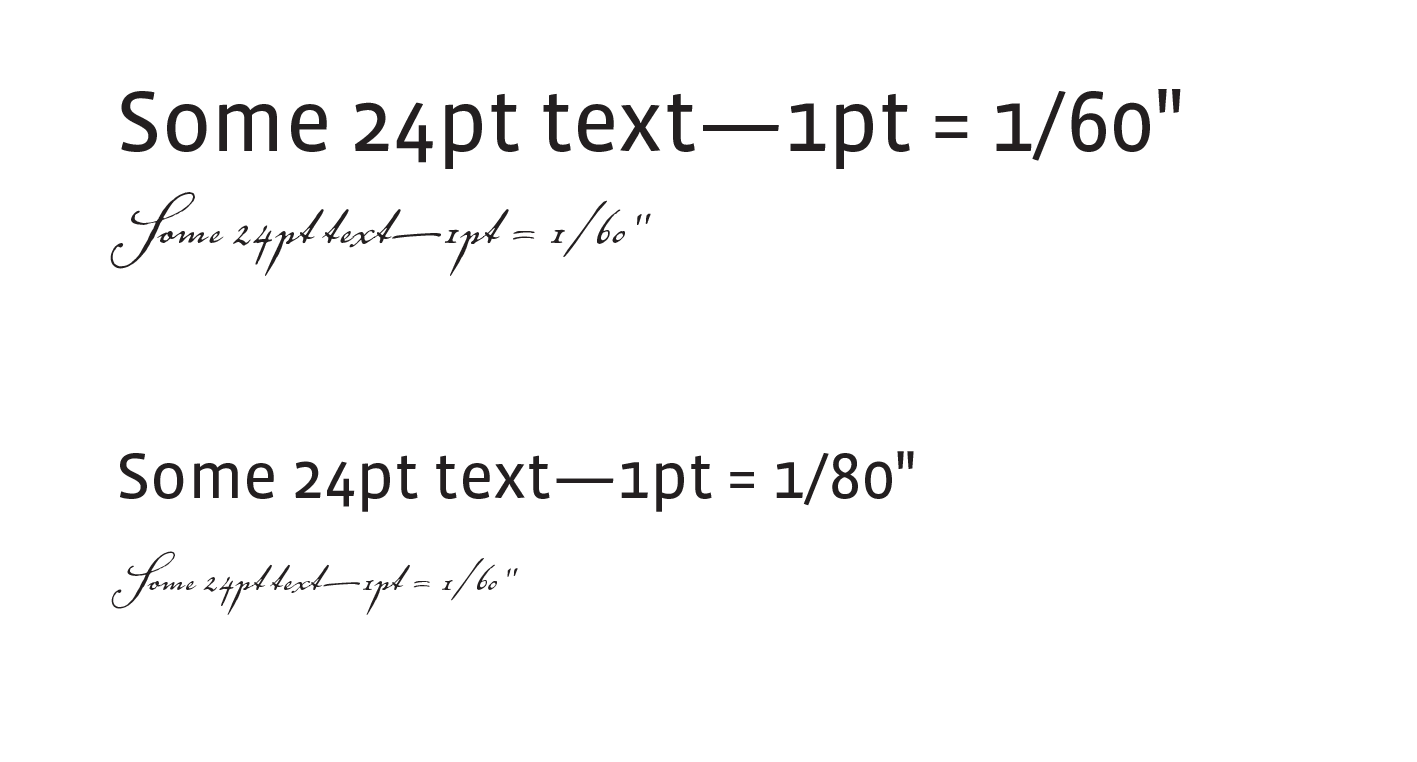
Given that there's no agreement on what the dimension of a point is, it's understandable that you would want a universal measurement like millimeters. But as others have noted, whether you use points or mm, the font's optical size depends on the font because size is not the measurement of the cap or the x height—it's the body + shoulders. The appearance of the script font above is considerably smaller than the sans serif even though they are set at the same size.
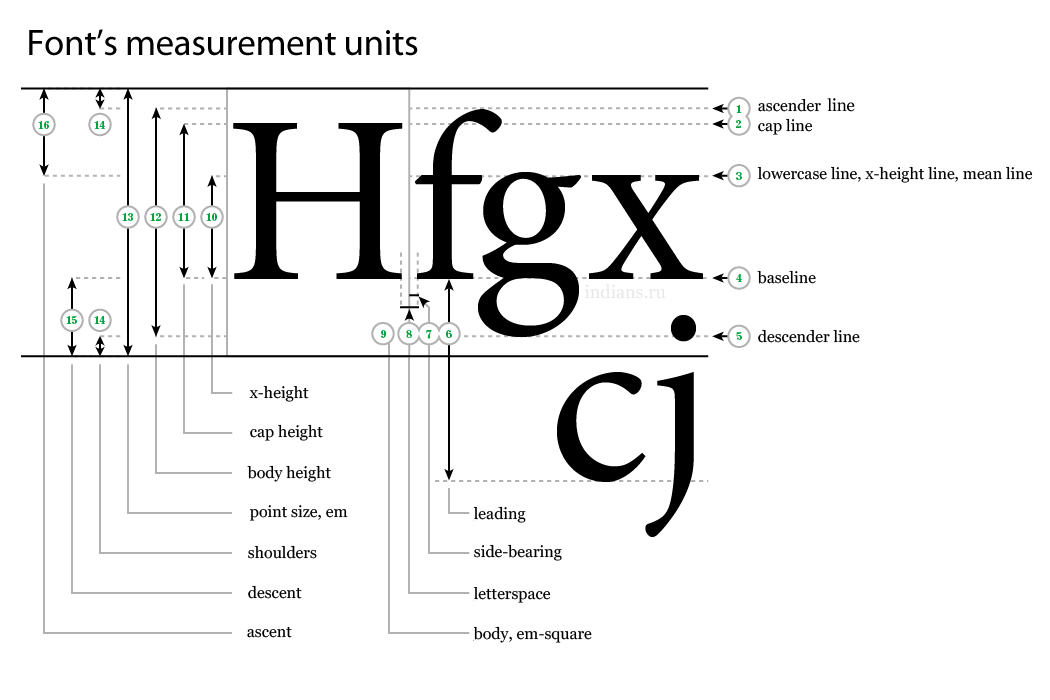
Copy link to clipboard
Copied
In fact, in every measurment system fonts with the same font-size inside a software have different "real" dimensions, and it seems that we just can't fix this issue, as you rob said.
I'd prefer to use millimeters because I could have an approximation of what the dimension would be in the reality, "outside the screen", and I can't do it using points.
Copy link to clipboard
Copied
I suppose if you're working on your own using your own kit it doesn't matter what you do, but if you're working in collaboration with others your workflow, using non-standard measurements for typography, will be a nightmare for others taking over and working with your InDesign documents.
Copy link to clipboard
Copied
I have worked and I work everyday with other people, and we have the same problem:
we use millimeters in Illustrator (because we measure in millimeters) and millimeters + point in InDesign, because there's no other way.
This "standard" isn't that tangible in real life (everyone can measure what "2 mm" means with a simple ruler, while you can't really tell what 10 pt is in the real world without a conversion).
Copy link to clipboard
Copied
everyone can measure what "2 mm" means with a simple ruler, while you can't really tell what 10 pt is in the real world without a conversion
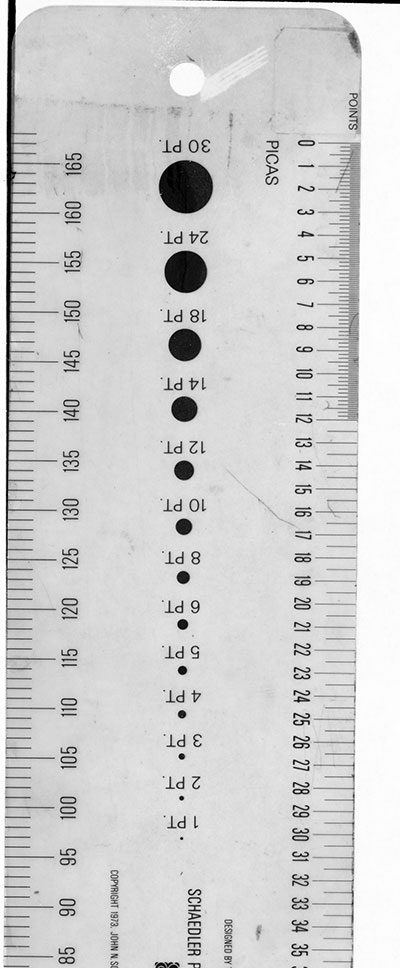
Copy link to clipboard
Copied
Sure there are rulers in points on the market, however it's not that common.
And that's the issue: why should we use a different measurement system for fonts? Is that useful, nowadays? Or is it just a inDesign limitation?
Copy link to clipboard
Copied
Well for one thing, fonts are only licensable in point sizes, whether you use InDesign, Illustrator, Photoshop or almost anything!
Copy link to clipboard
Copied
Or is it just a inDesign limitation?
It just the language of type design—professional designers and typographers communicate in points for text sizes.
Even with my point ruler I can't get an accurate measurement of printed character's size because part of the font size is hidden in the shoulders, which are above and below the font's ascenders and descenders. If you are trying to communicate the size of the cap height or x-height, the font size in points or millimeters won't help.
Copy link to clipboard
Copied
I know, this is just not possible since it depends on the design of the font. I don't expect exact, "real life" dimensions, I'd like to have a visual clue of the final result. I'm an interaction designer, but sometimes i need to use InDesign and I think that having the possibility to customize the preferred measurment system (for font-size too) could be handy & consistent. That's all.
Copy link to clipboard
Copied
I'm an interaction designer, but sometimes i need to use InDesign
You're designing for screens? For spec'ing screen type sizes in HTML/CSS I usually use pixels, because print output dimensions like points, inches, millimeters will change size depending on the screen resolution to device size ratio. I think it's one of the reasons InDesign's pixel unit of measurement equals 1 point.
Copy link to clipboard
Copied
Still, im with Sivi here: Its an issue of inconsistent along the CC. Even if im used to point with text in germanys metric system, im a software optimizer, and I would exspect this in all or none programm, since these 3 products have a rich history but Adobe wants it all to be streamlined.
But waidaminute – whats this, what does this affect, and why not font size?

Im not very skilled in JS…couldnt you guys code a floating palette which watches the selection and refresh a textbox and (if text) convert to millimeters (if pt/other unit).
Just a small workaround to help her out to see whats behind the pt – lazy to select everything? It just takes a click at the point-size icon.
Copy link to clipboard
Copied
Post a feature request. As others have noted you can enter any unit in the size field an it gets translated, so it's probably more of an interest than engineering problem.
Copy link to clipboard
Copied
As already pointed out, font size measurement is not a simple linear proposition. Yes, you could measure glyphs in mm, but what part of them are you measuring?
Good typography is an artform which draws upon its modern sister artform; computer font design. Even on a very fundamental level, it's all much more sophisticated than measuring point A to point B. Shoe-horning the entire affair into a strict system of linear measurement would effectively relegate us all to using only all-caps, mono-spaced.
Copy link to clipboard
Copied
This takes me back. Just had a nostalgic moment rob
Copy link to clipboard
Copied
This takes me back. Just had a nostalgic moment rob
You can still get them. I use mine for about everything (except measuring type![]() ).
).
Copy link to clipboard
Copied
SiviUser wrote:
This "standard" isn't that tangible in real life (everyone can measure what "2 mm" means with a simple ruler, while you can't really tell what 10 pt is in the real world without a conversion).
You can't measure what 2mm means in the real world when it comes to type. Again, which part of the type are you expecting to even be approximately 2mm high? When you set 2mm type in Illustrator, you won't find anything that actually measures 2mm on the printed page.
SiviUser wrote:
And that's the issue: why should we use a different measurement system for fonts? Is that useful, nowadays? Or is it just a inDesign limitation?
It's a centuries old convention of the printing industry, and the better you understand the 'anatomy' of type, the less you'll find any benefit in abandoning it... and that's coming from a firm advocate of metric everything (I'd take decimal time given the choice!).
Copy link to clipboard
Copied
I've just checked with a well-know Italian graphic designer, who confirms that fonts are measured in points in Italy (mm for images and page sizes etc).
-
- 1
- 2
Find more inspiration, events, and resources on the new Adobe Community
Explore Now
